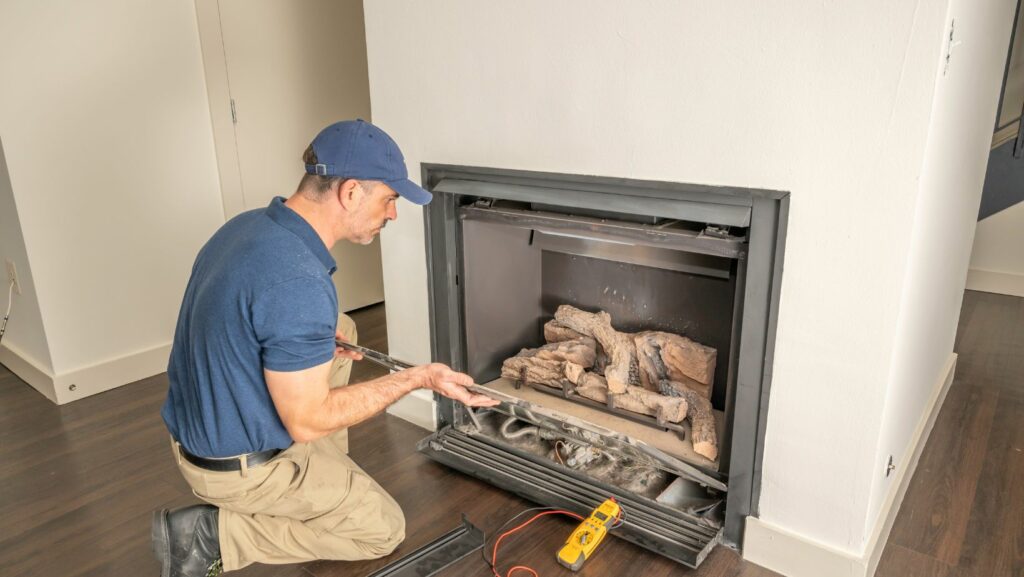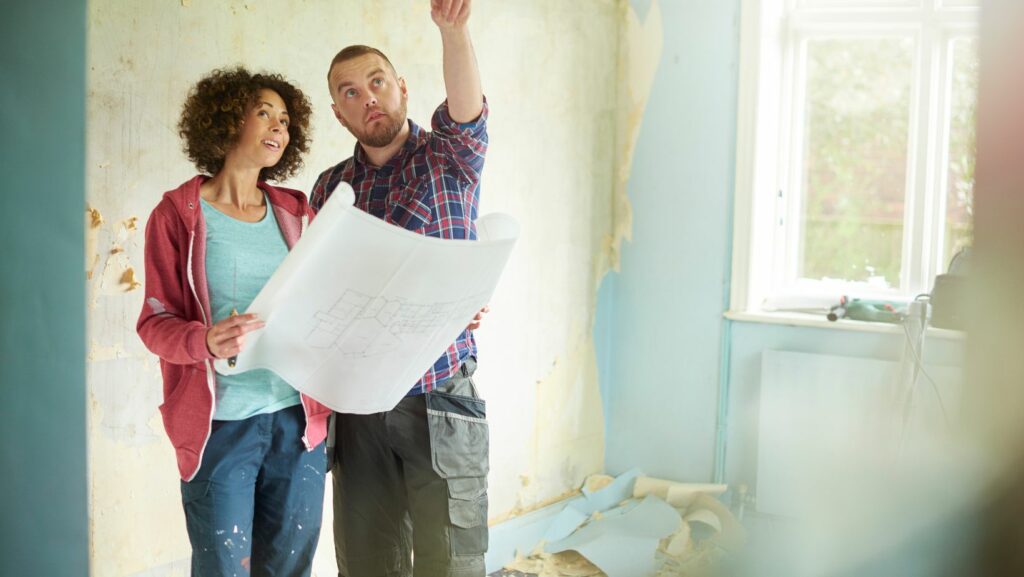There’s nothing quite like the cozy ambiance of a warm fire on a crisp evening, and for many homeowners, a gas fireplace offers the perfect blend of convenience and charm. But before you light your first fire of the season, it’s essential to make sure your unit is functioning safely and efficiently. Whether you’ve had one for years or recently completed a gas fireplace installation, seasonal preparation is a must.
Here’s a step-by-step guide to help you get your gas fireplace ready for that all-important first burn.
Inspect the Fireplace Exterior
Start by giving your gas fireplace a thorough visual inspection. Look for any visible damage, such as cracks in the glass panel, corrosion on the frame, or gaps in the seal. Even minor issues can compromise safety or performance. If your fireplace was part of a recent gas fireplace installation, it’s still a good idea to do this check to ensure everything has remained intact over time.
Wipe down the glass and metal surfaces using a non-abrasive cleaner that’s approved by the manufacturer. A clean exterior not only looks better but also helps you spot issues more easily as the season progresses.
Clear the Venting System
Your gas fireplace needs proper ventilation to operate safely. A blocked or restricted vent can lead to dangerous carbon monoxide buildup. Ensure your chimney or direct vent system is free of obstructions like leaves, bird nests, or debris. If your system includes a horizontal vent pipe, check both ends.
Ventilation issues are sometimes caused by improper or aging gas fireplace installation, so if you’re unsure about your setup, schedule an inspection with a professional. An annual venting check is a small price to pay for peace of mind and continued safety.
Test Carbon Monoxide & Smoke Detectors
While gas fireplaces are generally safe, every combustion appliance carries some risk. It’s crucial to test both smoke alarms and carbon monoxide detectors before lighting your fireplace for the season. Replace batteries or old units as needed. If you’ve just finished a gas fireplace installation, this step is especially important since it ensures your home’s safety measures are active from day one.
Place a carbon monoxide detector near your fireplace, especially in bedrooms or on upper levels if you have a multi-story home. These detectors can be life-saving and are an essential part of any modern heating setup.
Check the Gas Line and Pilot Light
If your fireplace has a standing pilot light, confirm that it’s burning steadily. If not, follow the manufacturer’s instructions to relight it, or contact a technician. Newer models often have electronic ignition, but it’s still important to test the switch or remote control to make sure it activates the burner properly.

Look for any signs of a gas leak—typically a rotten egg smell—or listen for a hissing sound near the valve. A well-done gas fireplace installation will include a shutoff valve nearby for quick access. If anything seems off, shut the system down and contact a certified technician immediately.
Clean the Interior Components
Dust and debris can accumulate inside the fireplace over months of disuse. Carefully clean the ceramic logs, burners, and base tray using a vacuum or soft brush. Be cautious not to shift the logs out of place, as their positioning affects the flame pattern and performance. Many issues that arise after a gas fireplace installation can be traced to improperly placed components.
Check for spider webs, especially around the pilot area and burner ports—these can interfere with ignition or airflow. If you’re not comfortable with disassembly, consider calling a technician for a seasonal cleaning service.
Review the Owner’s Manual
Every gas fireplace is different, so it pays to revisit the manufacturer’s instructions. This is particularly helpful after a recent gas fireplace installation, as you may not yet be familiar with all the safety features, maintenance tips, or startup procedures. Store the manual in a safe, accessible place in case you need it later in the season.
If your model includes a thermostat, remote control, or smart home integration, test all these features to ensure full functionality.
Know When to Call in the Pros
While many of these tasks can be done yourself, it’s smart to have your unit professionally inspected at least once a year. This is especially true if you’ve noticed performance issues, smell gas, or haven’t used your fireplace in a long time.
A certified technician will verify that your gas fireplace installation is still up to code, test for carbon monoxide leakage, inspect the thermocouple and thermopile, and ensure optimal burner function. This preventive step can prolong the lifespan of your fireplace and help you avoid costly repairs down the road.
Enjoy a Safe, Warm Season with Confidence
Now that you’ve completed your checklist, you’re ready to enjoy the comfort and elegance of your fireplace without worry. Proper maintenance, combined with a high-quality gas fireplace installation, ensures both safety and performance every time you light a flame.
Whether you’re settling in for a quiet evening or entertaining guests, a well-maintained fireplace will keep your home warm and welcoming all season long. If you’re considering an upgrade or still exploring gas fireplace installation options, now is the perfect time to speak with a professional and make sure your home is ready for winter’s chill.


